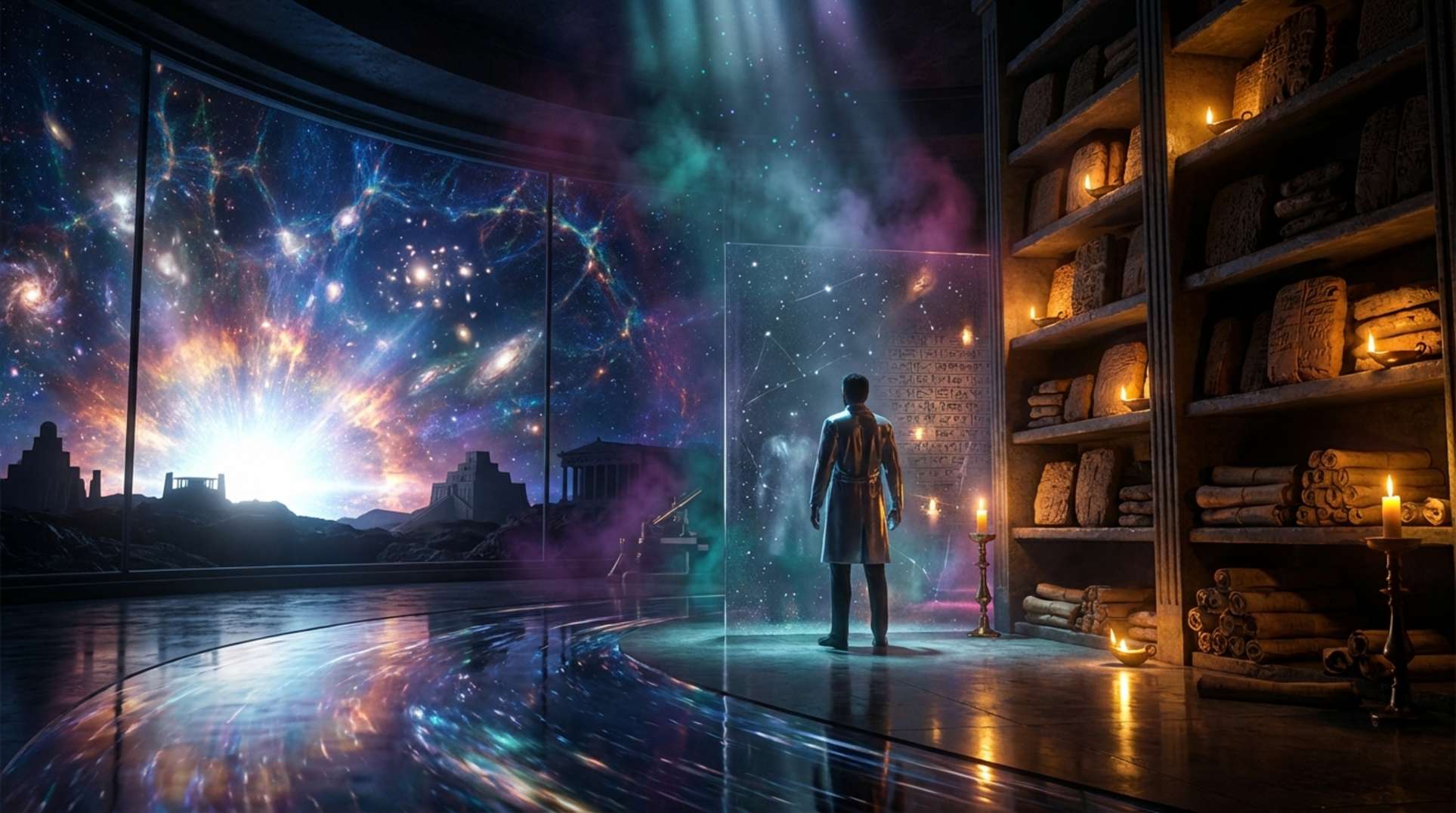In Silicon Valley, insomnia and anxiety aren’t just job hazards; they’re the unspoken currency of tech billionaires. Over the past year, an unusual trend has surfaced: some of the world’s most influential tech moguls have confided in therapists, spiritual advisors, and even demonologists about recurring apocalyptic visions and hallucinations during high-stress periods. These visions sound more sci-fi than real, but analysts trace their origins to a mix of psychological, physiological, and cultural factors—the perfect cocktail in an era marked by unchecked technological disruption.
Billionaire Nightmares: Visions, Guilt, and the Quest for Control
Tech moguls have long obsessed over doomsday preparation and dystopian escape plans, but the psychological undertow runs deeper than survivalism. A detailed Mind Matters investigation shows how leading tech investors weave old sci-fi prophecies into real-world fears—merging visionary thinking with existential panic. Douglas Rushkoff’s field-reported work reveals some billionaires have sought counsel from demonologists to explain dreamlike visions ripped from apocalyptic folklore, not business journals. These anxieties manifest in critiques of their attempts to rework society through technology—utopian ambition tipping into dystopian paranoia, as analyzed in features on runaway AI and power.
Many believe the tools designed to ease life now fuel their sleeplessness and dread—a theme explored in long-form reporting on tech-driven upheavals in work and society.
AI Hallucinations and the Fear That Won’t Go Away
The rise of generative AI has intensified the region’s troubled relationship with reality. A recent TechCrunch report notes that “AI doom” narratives, once seen as sci-fi, have gained political traction. Insiders now regularly report fears of literal and metaphorical AI hallucinations: the risk that models may generate falsehoods so convincing they scramble human meaning or, worse, drive collective delusions. This issue extends beyond technology—these fears shape policy, investment, and personal sleep, feeding into paranoid fantasies of being outwitted by their own creations, a recurring topic in podcasts analyzed in this year’s AI culture analysis.
These anxieties blend with rising concerns about physical and psychological overload, threading through all-night war rooms, private meditations, and the visual hallucinations reported by founders under chronic sleep deprivation.
Sleep Paralysis, Science, and the Demon Mythos of the Elite
The science behind these billionaire “visitations” is less supernatural than it appears. Sleep experts point to recent findings at the Sleep Foundation, which indicate nearly half of adults experience at least one episode of sleep paralysis—a state where consciousness returns while the body remains immobilized, often accompanied by vivid hallucinations of shadowy figures. Historically, cultures interpreted these as demons. Contemporary neuroscience attributes these hallucinations to interruptions in REM sleep, not paranormal activity. Yet the images—night hags, shadow people, even alien abductors—persist in tech folklore just as they did centuries ago.
For high-pressure minds pushing cognitive limits, these nighttime disruptions often blend into their reality, reinforcing cycles of burnout and inspiring vision quests or AI-driven experiments. This phenomenon mirrors reports of tech visionaries seeing visions during manic coding binges, a motif highlighted in investigative notes found in crisis leadership research and reports of psychological stress in spaceflight.
The Real Demons: Tech Disruption, Cultural Lore, and Why It All Matters
As the tech world courts the occult for answers, demonologists and neuroscientists agree: the real threat lurks in boardrooms, not bedrooms. Field experts explain in analytical coverage of leadership stress in high-stakes launches and military psychological ops histories that dangers stem from exaggerated ambition and relentless innovation. Chronic stress, sleep disorders, and even mass hallucination are often more plausible than supernatural explanations—but the stories we tell and the shadows they evoke influence everything from policy to IPO.
What does this mean for the rest of us? The boundaries between scientific breakthroughs, collective anxiety, and cultural myths have become blurrier than ever—demanding scrutiny, not superstition, as we navigate the next wave of digital transformation. For critical coverage at the intersection of tech, psychology, and folklore, keep following Unexplained.co—because as recent reports suggest, the monsters under the bed may be real, just not for the reasons tech billionaires assume.



